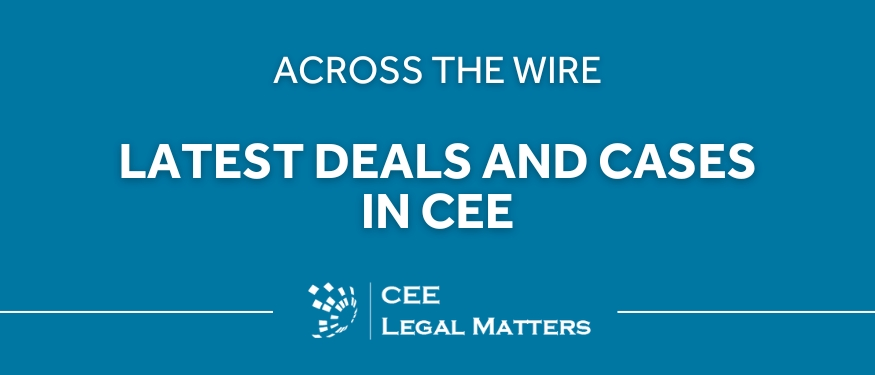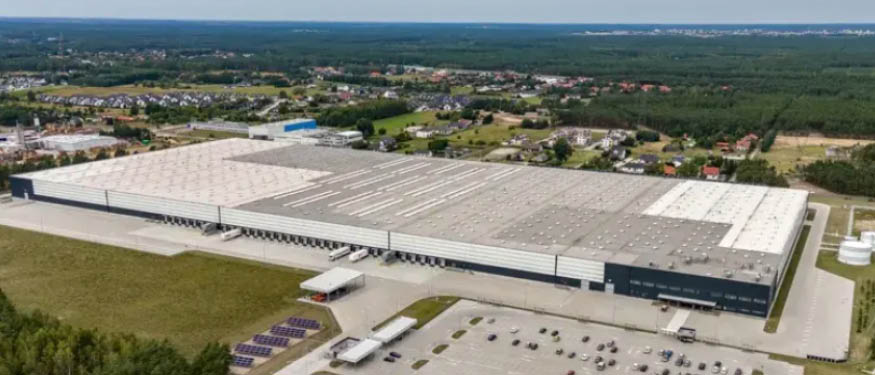Schoenherr has advised Exadel on its acquisition of the IT business of Anthill. Tzvetkova, Tzvetkov & Dobreva advised Anthill.
DTB Advises on USD 520 Million Financing for Infobip
Divjak Topic Bahtijarevic & Krka, working with Allen Overy Shearman Sterling, has advised funds and accounts managed by BlackRock and Blue Owl on a USD 520 million senior secured direct lending facility provided to Infobip. Latham & Watkins reportedly advised Infobip.
Act Legal Romania Advises Pluxee on Acquisition of MyBenefits
Act Legal Romania has advised Pluxee Romania on the acquisition of MyBenefits. Andronic and Partners reportedly advised the sellers.
Schoenherr Advises on Sale of Timeular to TimeTac
Schoenherr has advised the shareholders of Timeular on the sale of the company to Graz-based software provider TimeTac.
The End of Crypto-Asset Anonymity in the Czech Republic?
On 7 May 2025, the Czech government approved a draft amendment to Act No. 164/2013 Coll., on International Cooperation in Tax Administration and on Amendments to Related Acts, introducing two key innovations regarding crypto-assets and the taxation of large multinational groups.
Future-Proofing Legal Operations: Insights into AI, LLMs, and Next-Gen Tools
Below is an excerpt from the Legal Automation Book: From Bottlenecks to Bots.
KG and Papapolitis & Papapolitis Advise on Bally’s EUR 2.7 Sale of International Interactive Business to Intralot
Kyriakides Georgopoulos has advised Bally’s Corporation on its EUR 2.7 billion sale of its International Interactive Business to Intralot. Papapolitis & Papapolitis advised Intralot.





















